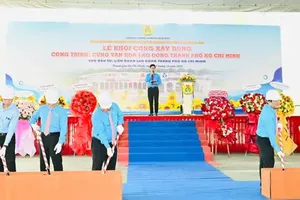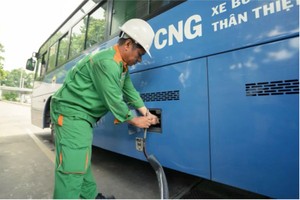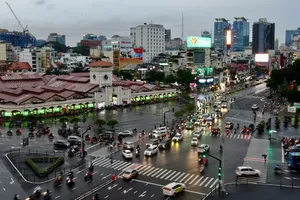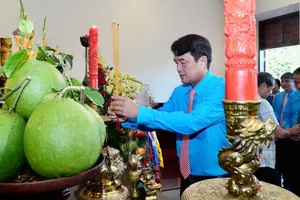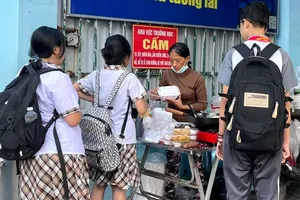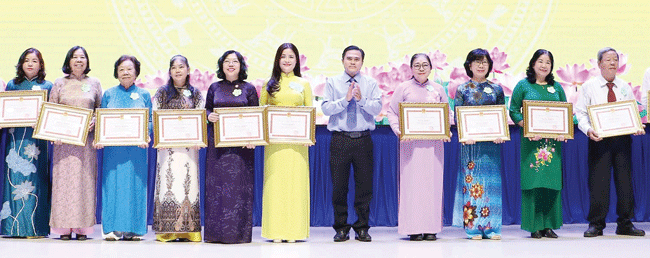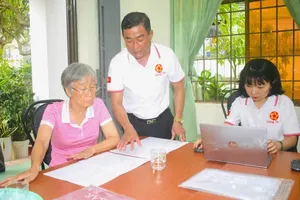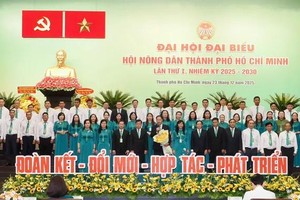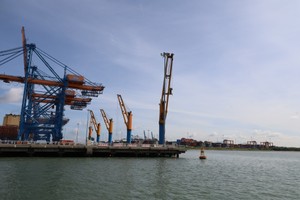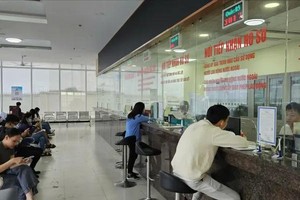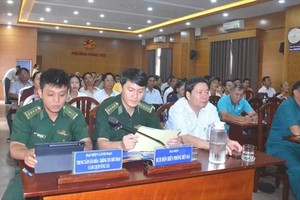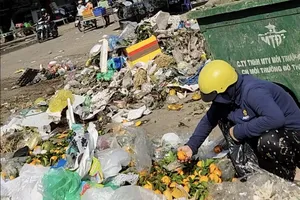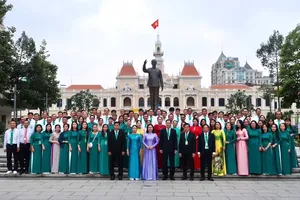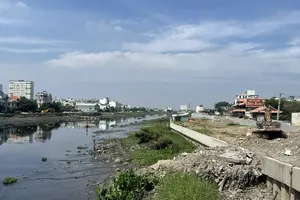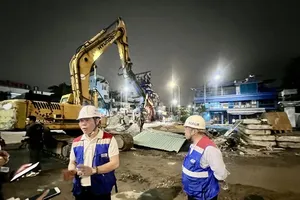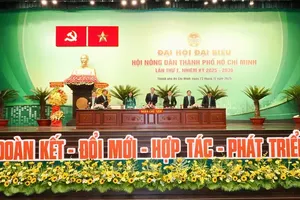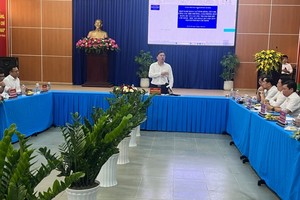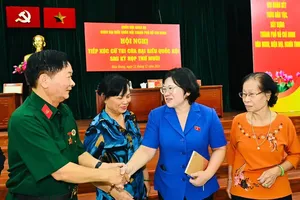The quick urbanization speed in the eastern part of HCMC has gradually exposed reverses as social and technical infrastructures have run behind the development of new residential areas and population increase, causing severe traffic jam and flooding.
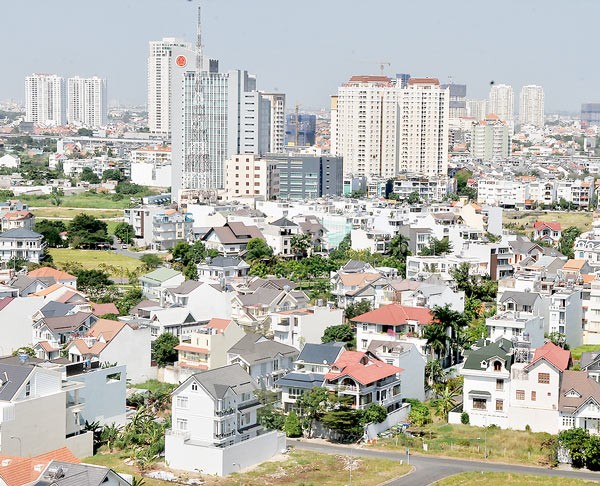
Mr. Huynh Xuan Thu, director of the Planning Center under the city Department of Planning and Investment, said that the eastern areas comprise Districts 2, 9 and Thu Duc accounting for one tenth of the city’s area.
With the position of entrance gateway to the city together with large land potential, these districts have been determined to be the key development direction by the city in the upcoming time.
According to planning, the eastern districts will develop into a modern economic urban area covering technology and hi-tech industries as well as commerce, service, transport fields.
Transport system has been a strong point of these areas with many major works have been and will be built such as Pham Van Dong street, Long Thanh-Dau Giay expressway, outer belt road no.2, My Thuy roundabout, metro lines and Binh Trieu bridge 2 project. A lot of investors and citizens have streamed to these areas to do business and reside.
However, the population has increased too fast at some areas in the eastern part while infrastructure projects have inched step by step causing the overloading of technical as well as social infrastructures.
Ms. Nguyen Thi Hang from Phuoc Long B ward, District 9, said that flooding and traffic jam had just occurred in the area for the last two years and progressed worse.
“Motorbikes and trucks travel side by side everyday. During peak hours, intersections such as Do Xuan Hop-Tay Hoa, Do Xuan Hop-Duong Dinh Hoi, Phong Phu Temple-Le Van Viet have been seriously stuck. I was unexpected that traffic jam has been such serious there,” said Ms. Hang.
The warning of overloaded infrastructure has become reality with a slew of real estate projects and streams of citizens to the areas.
Do Xuan Hop might be the street with most property projects in District 9, bringing about the increasing number of private vehicles and trucks which transport building materials to construction sites.
A project broadening the street to 30 meters has yet to implement while the drainage system has not been built synchronously.
Deputy chairman of the district People’s Committee Hoang Minh Tuan Anh said that main roads such as Long Thanh-Dau Giay expressway and outer belt road no.2 had been opened to traffic and connected with D2 road from Saigon Hi-Tech Park to Hanoi Highway, contributing in reducing traffic jam.
In addition, the city has been speeding up a project to link Phu Huu Bridge in the belt road up to Binh Thai crossroads in Hanoi highway. The Ministry of Transport has approved belt road no.3 project which is expected to break ground next year.
District 9 itself has broadened Le Van Viet street, Hoang Huu Nam street, Roads 13 and 400 to 30 meters as well as upgrade Tang Long and Long Dai bridges. Besides, it has enlarged Le Van Viet, Long Phuoc, Tang Nhon Phu, Bung Ong Thoan, La Xuan Oai streets.
The district’s urban plan in for the phase of 2016-2020 includes items to widen alleys in residential areas and improve social infrastructures, he said.
Mr. Tuan said he hoped that those works would meet development demand in the district.
Three major solutions
Architect Dr. Le Van Nam said that HCMC had inherited urban development experiences from many nations the world and well prepared planning works in long term. However plans had been on papers.
The city has been passive in developing technical and social infrastructure letting ‘the grass grow under its feet’. Capital is the largest difficulty now as social resource mobilization has supplied a small amount of the city’s total demand. Meantime city budget has not been comfortable.
Investment in Districts 2 and 9 have been spontaneous as real estate businesses have simply flocked to areas with empty land. Infrastructure inside these projects has yet to be built, not mentioning connectivity with nearby outside roads.
Dr. Nam suggested three solutions to solve the passive situation of the city.
First, HCMC should move one step ahead to invest in major roads and create a foundation for businesses to develop real estate projects synchronously and connect them with surrounding roads.
Second, public transport especially bus should be boosted to connect existing with new urban areas. Third, the city should have preferential policies such as tax cut or exemption for businesses to invest in infrastructure system.
Besides the eastern part, HCMC plans to invite investors to develop Cu Chi, Nha Be and Can Gio districts to relocate citizens and reduce the pressure for center areas.
